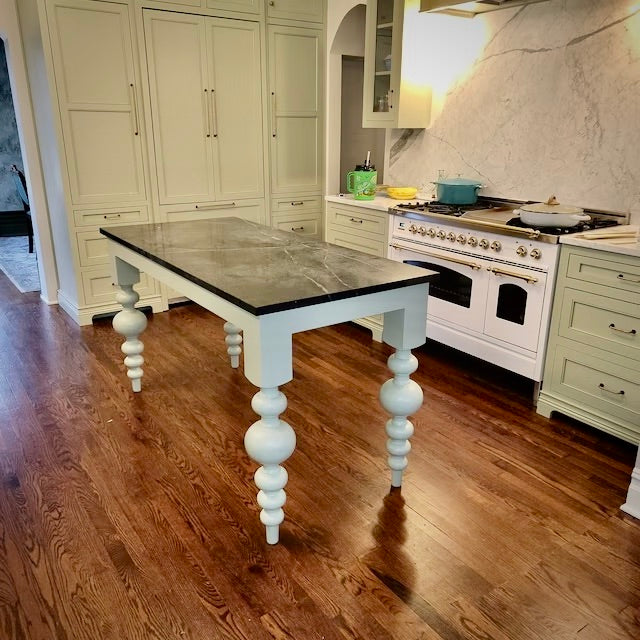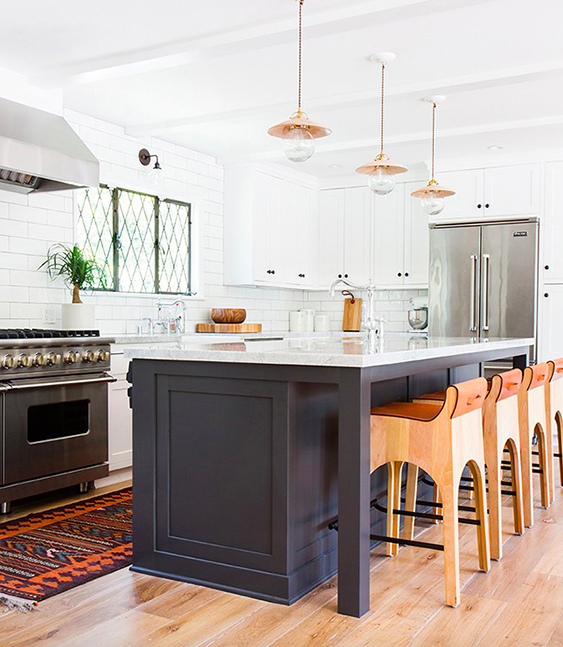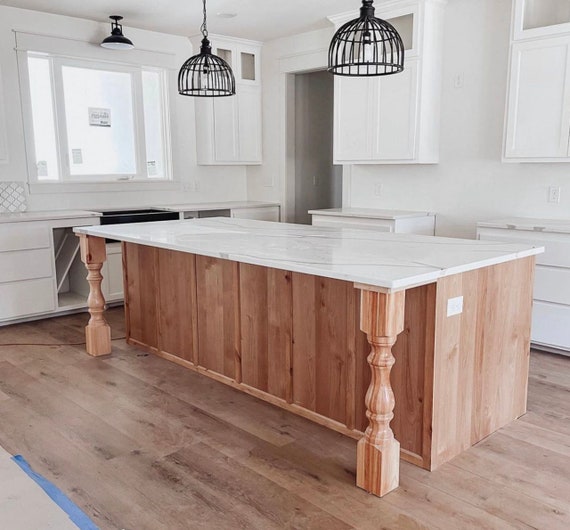Exactly how to Install a Kitchen Island Leg for Optimum Security and Style
Exactly how to Install a Kitchen Island Leg for Optimum Security and Style
Blog Article
The Significance of a Sturdy Kitchen Island Leg in Developing a Useful Food Preparation Location
A sturdy kitchen area island leg serves as an essential part in establishing a functional food preparation setting, providing necessary assistance for both the counter top and different cooking area tasks. As kitchen areas evolve into multifunctional areas for food preparation, eating, and mingling, the option of materials and style factors to consider for island legs becomes significantly vital.
Benefits of Sturdy Island Legs
Supplying crucial assistance, sturdy cooking area island legs play a pivotal duty in improving the capability and longevity of kitchen islands - kitchen island leg. These legs not just bear the weight of the counter top and any kind of added things positioned on the island, yet also contribute to the total stability of the structure. A well-supported cooking area island guarantees that it remains upright and useful, even under heavy usage, which is particularly crucial in hectic kitchen area atmospheres
Moreover, sturdy island legs can enhance the aesthetic appeal of the cooking area. They provide a strong framework that can complement various style styles, from modern to traditional. This flexibility permits homeowners to tailor their cooking area islands according to individual taste while making sure that the structural stability remains uncompromised.
In enhancement to their helpful function, durable kitchen area island legs can likewise enhance security. A secure island reduces the risk of crashes brought on by tipping or wobbling, which is specifically crucial in houses with youngsters or senior individuals. Moreover, solid legs can help with a seamless circulation of tasks, permitting effective meal prep work and social interactions within the kitchen room. Ultimately, purchasing durable kitchen area island legs is vital for a useful and aesthetically pleasing cooking location.
Materials for Cooking Area Island Legs
When picking materials for cooking area island legs, toughness and visual allure are critical variables to consider. One of the most common materials consist of hardwood, steel, and engineered wood, each offering one-of-a-kind benefits.
Wood, such as cherry, maple, or oak, is a traditional option as a result of its stamina and timeless beauty (kitchen island leg). It can withstand considerable weight and is resistant to use, making it ideal for high-use cooking area settings. Additionally, hardwood can be tarnished or painted to complement different kitchen area designs
Steel legs, commonly crafted from stainless steel or wrought iron, offer a contemporary and commercial look. They are incredibly strong and can sustain considerable tons while being resistant to dampness and heat, which is helpful in a cooking location. Metal legs can additionally be conveniently cleansed, enhancing their usefulness.

Design Considerations for Stability
The option of materials for cooking area island legs straight affects the style considerations for stability. When creating a kitchen area island, it is paramount to assess the weight-bearing ability of the selected products. Heavier materials, such as strong timber or metal, normally supply better stability, specifically under the anxiety of daily usage.
Additionally, the leg layout must include proper geometry to enhance security. A bigger base raises the assistance area, reducing the risk of wobbling or tipping. Consideration should also be provided to the height of the legs; out of proportion leg lengths can bring about discrepancy, jeopardizing the general stability of the island.
Additionally, the circulation of weight across the island is essential. Ensuring that the helpful hints leg positioning lines up with see this site the heaviest parts, such as home appliances and countertops, will even more improve security.
Upkeep Tips for Long Life

Depending on the product of the legs-- whether wood, metal, or composite-- appropriate cleansing approaches need to be employed. Metal legs may need a light polish to protect against rust and preserve their gloss.
If the kitchen island experiences hefty use, think about reinforcing the legs with extra braces or supports to enhance sturdiness. By adhering to these maintenance tips, property owners can guarantee their kitchen island legs stay durable and functional for years to come.
Selecting the Right Leg Style
Routine upkeep makes sure that cooking area island legs remain strong and useful, yet selecting the best leg style is just as crucial for both aesthetic appeals and assistance. The choice of leg design can dramatically affect the overall design and harmony of your kitchen.

Performance is one more critical aspect. Thicker legs or those with a strong base can sustain much heavier countertops and devices, boosting the island's energy. On the other hand, slender legs might create a ventilated look, suitable for lighter layouts yet potentially much less encouraging.
Final Thought
In recap, the relevance of strong kitchen island legs can not be overemphasized in the production of a practical cooking location. These legs offer crucial assistance, enhance stability, and add to the total aesthetic of the cooking area.
A strong kitchen island leg offers as a fundamental part in developing a functional food look at these guys preparation environment, giving required assistance for both the countertop and various kitchen activities.Providing essential assistance, durable cooking area island legs play a pivotal duty in boosting the performance and toughness of cooking area islands. Inevitably, investing in sturdy kitchen area island legs is important for a useful and aesthetically pleasing cooking area.
Consideration must also be offered to the height of the legs; out of proportion leg lengths can lead to inequality, jeopardizing the general security of the island.
Wooden legs supply heat and a classic appearance, while metal legs use a commercial and modern feel.
Report this page